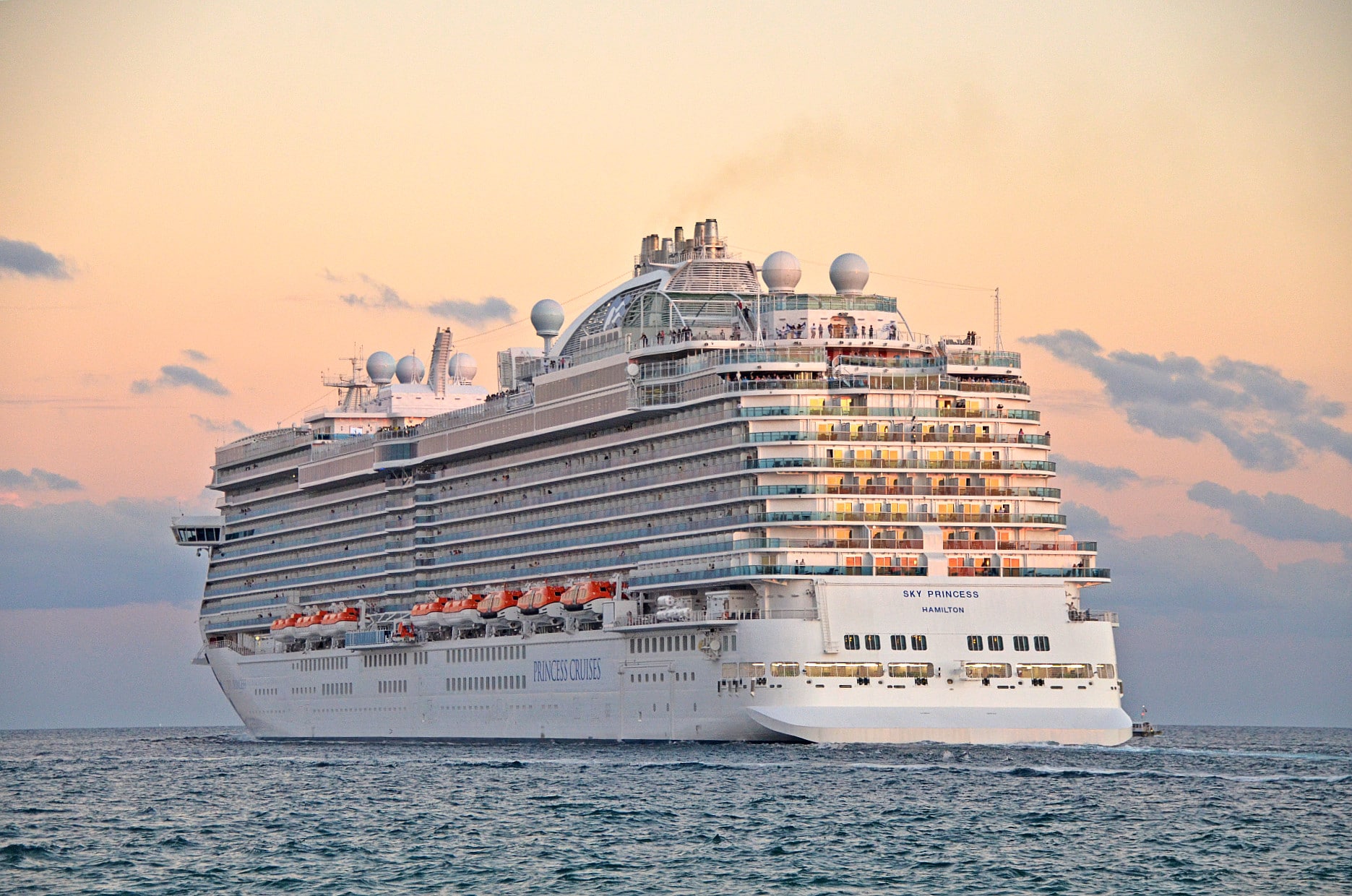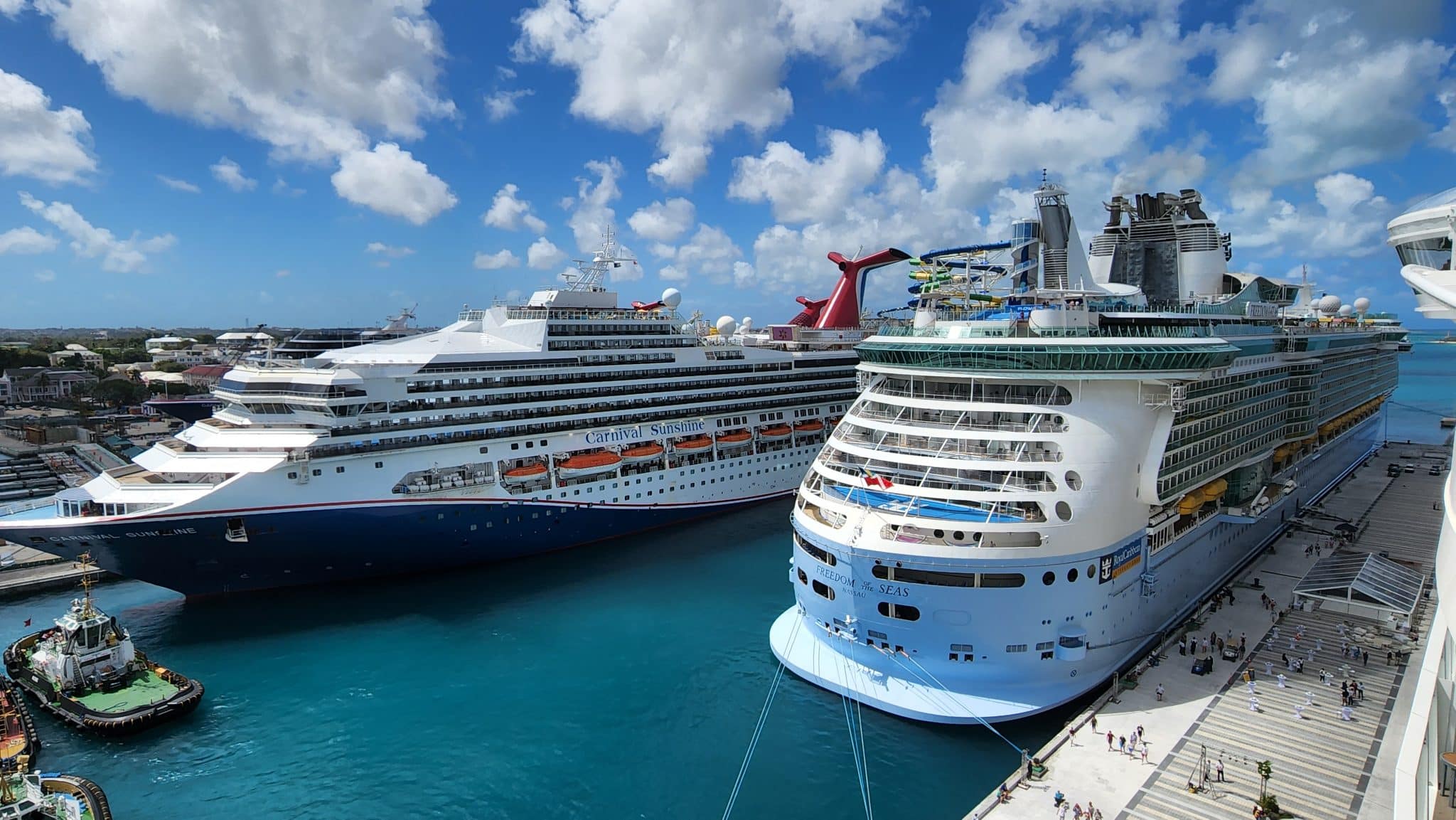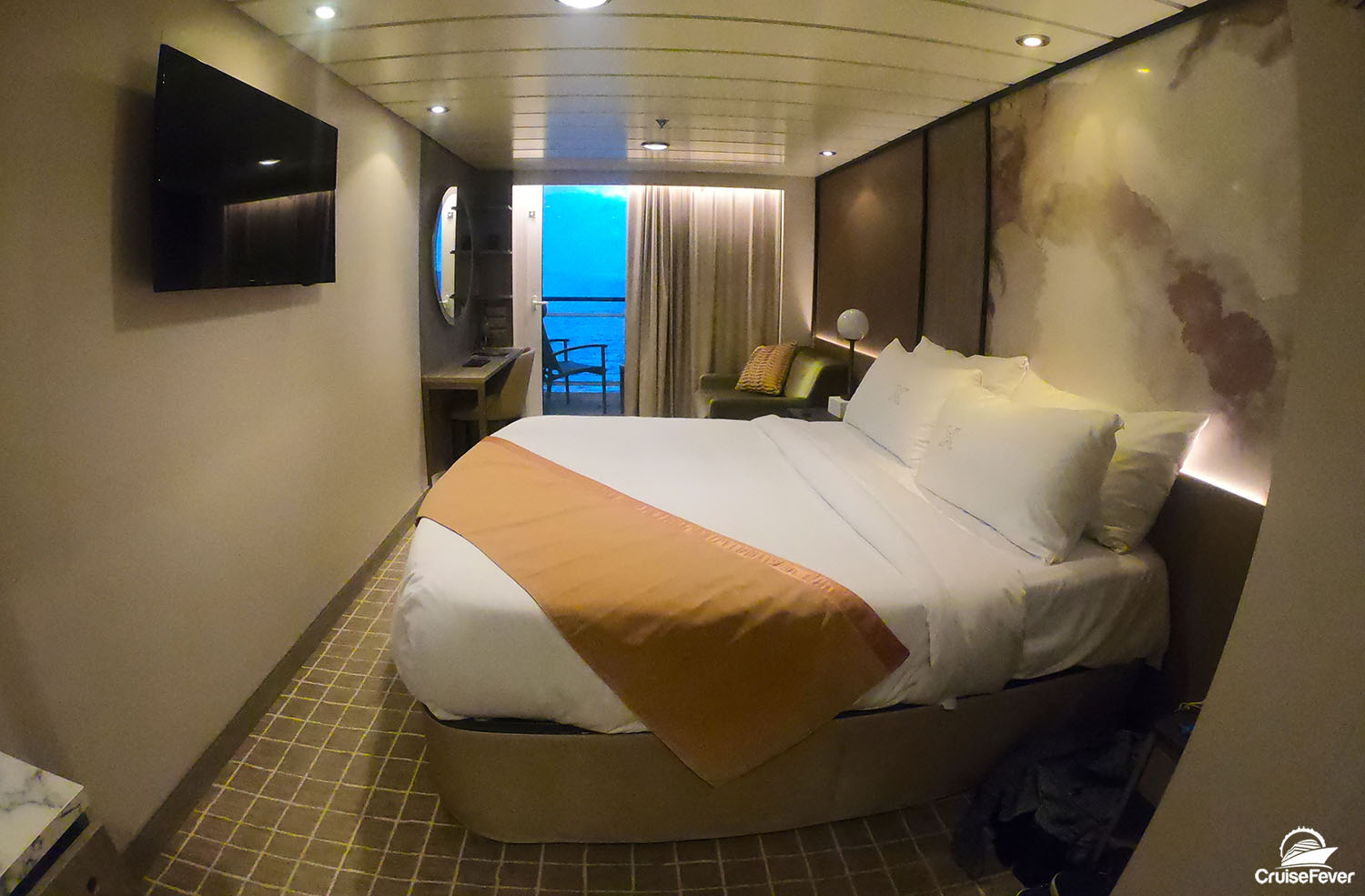As the cruise industry evolves, there are some things that you might not be able to do on cruise ships anymore in the future. Some of these are nostalgic throwbacks to a bygone era and some are slow transitions just a few cruise lines are making.

From environmental concerns to health and safety considerations, some of the once-familiar activities and practices that defined the cruise experience have undergone significant transformations.
The changing dynamics of cruise ship voyages means that certain practices that are no longer the same as they once were, and if you are one of the millions of travelers returning to the seas, here are 5 things that you might not see in the future:
1. Paper cruise planners
Some cruise lines have already tried to do away with paper cruise planners and had to bring them back after passengers complained. But still this could be a trend going forward if cruise lines decide to cut back on costs.
The shift away from using paper planners on cruise ships can be attributed to several factors that reflect the evolving nature of technology and the preferences of modern travelers. While paper planners were once a staple for organizing activities and events during a cruise, the industry has gradually transitioned to digital solutions for a variety of reasons.
First, the prevalence of smartphones, tablets, and other portable electronic devices has fundamentally changed how people manage their schedules and access information. Travelers today are more accustomed to using digital tools for planning and organization, making the transition to digital cruise planners a natural progression. Digital platforms offer convenience, accessibility, and real-time updates, enabling passengers to make changes or additions to their plans on the go.
Additionally, digital cruise planners offer a more seamless and integrated experience for passengers. Rather than carrying around a physical planner and referring to it constantly, travelers can access all the necessary information, from itinerary details to onboard activities, through a single app or website. This streamlines the planning process, reduces the risk of losing physical materials, and enhances the overall user experience.
From a sustainability standpoint, the shift to digital cruise planners aligns with the industry’s efforts to reduce its environmental footprint. Traditional paper planners require significant resources in terms of paper production, printing, and distribution. By opting for digital solutions, cruise lines can contribute to the reduction of paper waste and promote more eco-friendly practices within the industry.
In addition to practical and sustainable benefits, the use of digital planners allows cruise lines to engage with their passengers in innovative ways. Interactive features, push notifications, and personalized recommendations can enhance passengers’ onboard experiences and create a stronger connection between travelers and the cruise line’s brand.
This digital engagement can extend beyond the cruise itself, enabling cruise lines to stay in touch with passengers before and after their voyage, fostering a sense of community that wasn’t present on paper.

2. Contributing to over-tourism
The concept of over-tourism, characterized by destinations becoming overwhelmed by excessive numbers of tourists, has gained widespread attention due to its negative impacts on local cultures, environments, and communities.
As the cruise industry becomes more conscious of its role in sustainable travel, measures have been taken to prevent cruise lines from contributing to over-tourism during their voyages.
Cruise lines have recognized their responsibility in managing the impact of their operations on the destinations they visit. They are increasingly working with local authorities, community leaders, and environmental organizations to implement strategies that promote sustainable tourism practices. This includes adjusting itineraries to visit lesser-known ports or spreading out cruise arrivals to minimize congestion, ultimately ensuring that the benefits of tourism are shared more evenly across different locations.
In response to concerns about over-tourism, cruise lines have been investing in initiatives that prioritize cultural sensitivity and education. They aim to educate passengers about the importance of respecting local customs, traditions, and environments.
Guided tours led by local experts and collaboration with local artisans, craftsmen, and businesses provide passengers with authentic experiences that promote a deeper understanding of the destinations, rather than just surface-level visits that contribute to over-tourism.

3. Using plastic straws
The decision to ban or restrict the use of plastic straws on cruise ships stems from a broader global movement to address the significant environmental impact of single-use plastics. Plastic straws are small, replaceable, and not biodegradable, and as such have become emblematic of the environmental challenges posed by disposable plastics.
Cruise lines, like many other industries, have recognized their responsibility to minimize their ecological footprint and contribute to the preservation of marine ecosystems.
Cruise ships operate in some of the most picturesque and ecologically sensitive areas of the world’s oceans. These pristine environments are susceptible to pollution, and even small actions can have far-reaching consequences.
Plastic straws, when improperly disposed of, can end up in the ocean, where they break down into microplastics that harm marine life and ecosystems. The visible impact of plastic pollution on marine animals and the broader environment has led to heightened awareness and calls for action.
In response, many cruise lines have taken proactive steps to reduce their plastic usage, and plastic straws are a strong starting point. By eliminating or substituting plastic straws with more environmentally friendly alternatives (like paper or biodegradable straws), cruise lines aim to decrease their contribution to the plastic waste crisis.
This move not only aligns with growing consumer preferences for sustainable practices, but also demonstrates a commitment to being responsible stewards of the oceans and the destinations they visit.
Read more: 18 worst things to pack on a cruise
4. Drinking from a single-use water bottle
The transition away from single-use water bottles on cruises is another testament to the cruise industry’s evolving commitment to sustainability and environmental responsibility. Historically, single-use plastic water bottles have been a fixture on cruise ships, but the negative impacts of these bottles on the environment, combined with changing consumer preferences, have led to their gradual elimination.
Norwegian Cruise Line has partnered with Flow Goods Inc. to supply passengers with plant-based water cartons, and Celebrity has replaced many plastic water bottles with aluminum.
Cruise lines have recognized their role in this issue and are taking steps to reduce their plastic waste footprint by seeking alternatives to single-use water bottles.
Cruise ships also feature advanced onboard water purification systems, which treat and filter tap water to meet high-quality standards. This eliminates the need for plastic bottles and encourages passengers to refill reusable water bottles instead. Passengers are encouraged to bring their reusable water bottles or are provided with durable, eco-friendly bottles that can be refilled throughout their journey.

5. Leaving your cabin lights on
In the past, lighting systems on cruise ships worked just like your lights at home—they can be flicked on and forgotten, and possibly left on all day. Now, in an effort to enhance sustainability and reduce energy consumption, cabin lighting systems have been adjusted to only work when you’re in the room.
The cruise industry has taken a leaf out of the European hotel playbook by adopting innovative key-card systems on cruise ships. Much like their land-based counterparts, these vessels now feature a key-card system that governs the operation of electricity in the stateroom.
Upon entering their cabins, passengers are required to insert their room key into a designated slot to activate the lights and power outlets. As a result, the instant connection between the key-card and the room’s energy system ensures that resources are used efficiently, contributing to a more sustainable cruise experience. Gone are the days of leaving lights on unintentionally or wasting power when cabins are unoccupied (or even misplacing your card!).
Of course, this environmentally-friendly approach does require passengers to adapt their behavior slightly. It’s advisable to keep a portable charger handy to ensure that electronic devices remain powered throughout the day, especially when exploring various destinations or engaging in onboard activities.
Related: 10 things you should never do in your cruise cabin
Related: 12 tips for avoiding crowds on a cruise ship

Bottom Line
In essence, these changes symbolize the resiliency and adaptability of the cruise industry. It signifies a pivotal moment where travel is reclaiming its vibrancy while embracing the lessons of the past. As passengers embark on their journeys, they are stepping into a transformed landscape where the joys of exploration coexist with a steadfast commitment to safety and environmental consciousness–a testament to the industry’s ability to evolve and thrive in the face of challenges.



